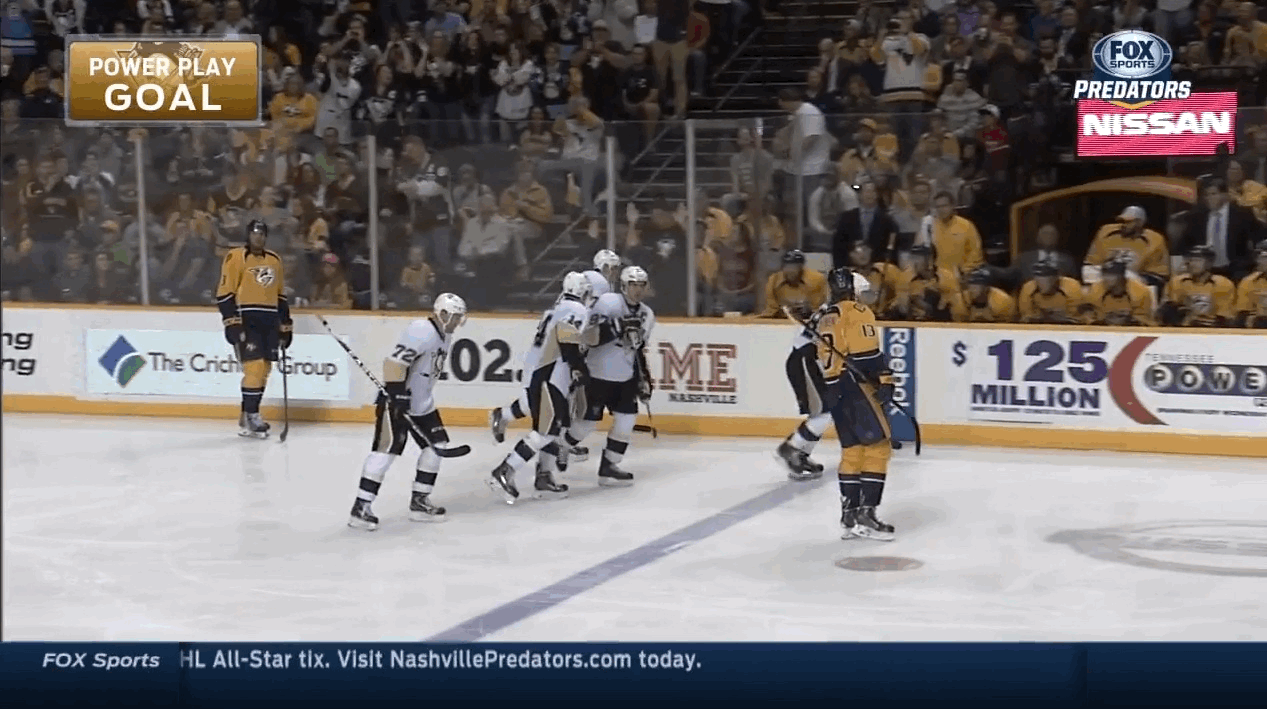It used to be that statements based on the premise “the greatest ever” were purely subjective opinions, but now the sabermetric revolution has changed all that when it comes to baseball. If we wanted and had the right access, we could probably determine how many times Player A blinked while standing at first base when a left-handed pitcher was throwing a 1-2 curveball with a below average amount of spin to a hitter using a bat with white grip tape that covered at least 60% of the bat’s handle during night games in June. Ok, maybe not quite that, but there’s lots of information available, is the point. Armed with all this data, we can surely come to a definitive conclusion as to which offense was the best the Angels have ever had, right?
Let’s start off by looking at some of the old-school numbers. The most basic measure of a team’s offense is how many runs they have scored. The 2009 Angels get the first mention in this article as that squad has scored more runs, 883, than any other team in franchise history. The team leader was Chone Figgins with 114, and there were seven players who scored more than 70 times that year. They were driven in most often by Kendrys Morales, who had 108 RBI, and Bobby Abreu, who had 103.
That club did not have the most power of all the Angel teams, however. That distinction belongs to the 2000 Angels who mashed a club record 236 home runs. Troy Glaus led the team with 47 dingers, and there were four players who hit more than thirty: Glaus, Mo Vaughn, Garret Anderson, and Tim Salmon. So there’s that to consider.
Another facet of a team’s offense to consider is its ability to steal bases, and the best base-stealing team the Angels have ever had was the 1975 squad that swiped 220 bags. Center fielder Mickey Rivers (“Mick the Quick,” as he was called) led the way with 70 stolen bases. Four Angels that year had more than 20 stolen bases: Rivers, Jerry Remy, Dave Collins, and Morris Nettles.
But you can’t steal bases or score runs if you have a hard time getting on base. The 1995 and the 2000 teams are tied for the highest on-base percentage in franchise history with a .352 team OBP. The 1995 team was led by both Tim Salmon and Chili Davis who had a .429 OBP. Six of that year’s nine regular players had an OBP higher than .350. The 2000 team was led by Darin Erstad‘s .409 OBP, and four of that team’s nine regulars had an OBP higher than .350.
Power, stolen bases, and the ability to get on base are all nice categories that isolate particular qualities that an offense needs to be effective. One of the new statistics that tries to give a single number to the general effectiveness of a player or a team’s offensive effectiveness is OPS+. This stat combines on-base percentage and slugging percentage, and then adjusts it to era and park to reflect how that total compares to that season’s average player or team. An OPS+ of 100 indicates the value of that season’s average player or team.
By that measure, there is a three-way tie for the best Angel offense of all-time, with three teams posting a 114 OPS+. The first one to reach this mark was the “Yes We Can” 1979 California Angels who won the franchise’s first-ever AL West title. That team was led by Bobby Grich and league MVP Don Baylor‘s 145 OPS+. Five of that team’s nine regular players had an OPS+ higher than 120: Grich, Baylor, Brian Downing, Willie Aikens, and Rod Carew.
The next team to reach this summit was the 1982 California Angels who won the franchise’s second AL West title. That club was led by Doug DeCinces‘ 149 OPS+. Six of that team’s nine regular players had an OPS+ greater than 120: DeCinces, Reggie Jackson, Fred Lynn, Brian Downing, Bobby Grich, and Rod Carew.
The most recent Angel squad to have a franchise high 114 team OPS+ was the 2012 team that won 89 games but finished third in the AL West and missed out on the playoffs. Mike Trout led the way with an astronomical 168 OPS+. There were four of the nine regulars that year who had an OPS+ greater than 120: Trout, Albert Pujols, Torii Hunter, and Mark Trumbo.
Of course, OPS+ isn’t the end-all be-all of offensive metrics. It treats OBP and SLG as equal measures calculating distinct things, when they aren’t and don’t. If we want to break the three-way tie for Best Angels Offense Ever, we can delve into a more nuanced catch-all offensive metric, Weighted Runs Created Plus (wRC+). Like OPS+, this stat is adjusted for era/park and scaled so that 100 is league average, allowing for direct comparisons across seasons. Where wRC+ differs is that it weighs the distinct run value of each and every positive outcome for a hitter rather than lumping all hits/walks together and dividing by plate appearances. For instance, a walk in 2015 was worth .687 runs while a single was worth .881, so those are added accordingly. (For more precise detail, go here and here.)
By this measure, the 1982 club just ekes out the other two for the title of Best Angels Ever Offense, coming in with a 114 wRC+ — versus a 113 wRC+ for both 1979 and 2012.
Add The Sports Daily to your Google News Feed!
